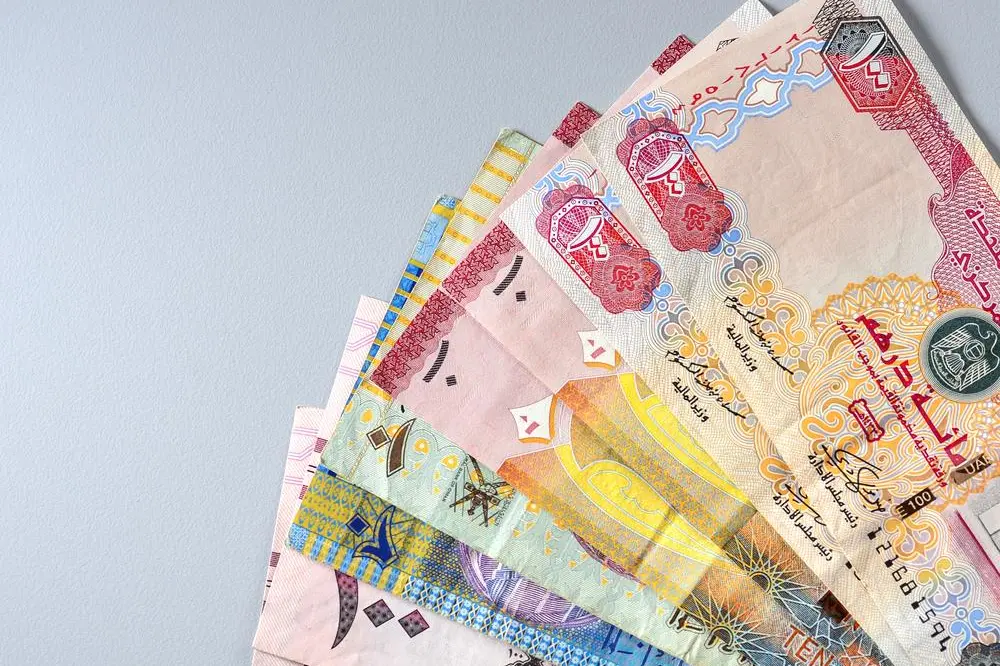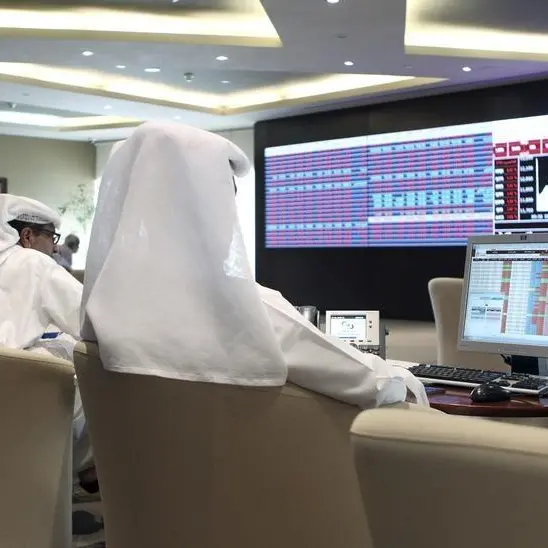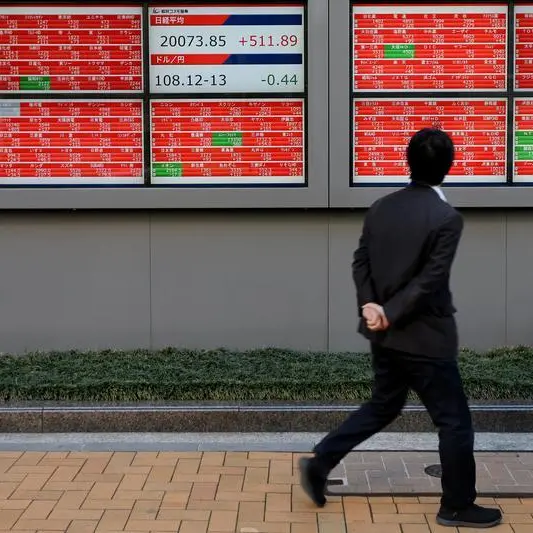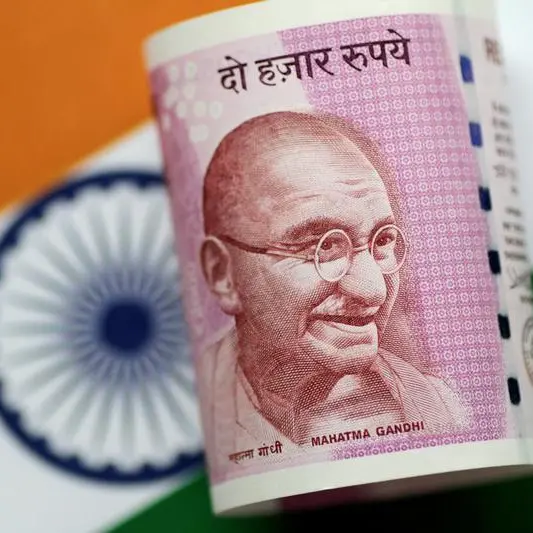PHOTO
DUBAI- Government bonds issued by Saudi Arabia and four other Gulf states are outperforming debt from other regions, on expectations their inclusion in JPMorgan’s bond indexes will pull in up to $40 billion in foreign investment.
JPMorgan told investors in September that Saudi Arabia, Qatar, the United Arab Emirates, Bahrain and Kuwait – all members of the Gulf Cooperation Council – would join its emerging-market government bond indexes this year, in phases starting Jan. 31 and running to Sept. 30.
The indexes are performance benchmarks for emerging-market debt; membership can help a country sell bonds and cut borrowing costs. Fund managers estimated index inclusion will generate $30 billion to $40 billion by September.
"We estimate roughly $30 billion to 35 billion would be the total inflow by September 2019," said Parth Kikani, director o fixed income at Emirates NBD Asset Management. "However, the majority of that (more than half) would be active money that has already come in."
More than $15 billion in new money has already been invested in GCC sovereign debt before the index entry, Kikani said.
GCC governments have become some of the biggest debt issuers globally over the past few years, tapping international capital markets to plug budget deficits caused by a slump in oil prices.
They will represent around 11.2 percent of JPMorgan’s EMBI Global Diversified and EMBI Global series, JPMorgan said in September.
Saudi Arabia’s bond spreads rose late last year amid an emerging-market sell-off and oil price volatility; the fallout from the killing of journalist Jamal Khashoggi, in early October, added further pressure.
Option-adjusted spreads of Saudi Arabia’s debt due in 2026 rose 53 basis points since early October until the end of the year. By comparison, spreads on 2026 bonds issued by similarly rated Chile rose 39 bps during the same period.
But since the beginning of the year spreads on Saudi bonds have fallen significantly, in line with Chile. That decline was partly caused by yields tightening across emerging markets and partly by foreign investors returning to snap up a $7.5 billion Saudi bond issue in January.
SPREAD COMPRESSION Fund managers said a rebound in oil prices and rekindled risk appetite as well as a strong bid from investors before the index inclusion all helped GCC spread compression.
Some dedicated index investors will wait for the final inclusion to put their money to work, said Sergey Dergachev, senior portfolio manager at Germany-based Union Investment. However, "expectations matter" for the large group of EMBI indexed investors, he added.
Countries with liquid debt curves -- Saudi Arabia, Bahrain, and Qatar -- have benefited the most so far.
Dergachev expects overall regional spreads to continue to move in line with global emerging-market debt. Fluctuations will depend on oil prices and such factors as China’s economic growth, geopolitical issues and interest rates hikes.
But he also expected they will be "somewhat supported still from EMBI inclusion euphoria, so if markets stay in the same mood as they are now, GCC should benefit and be a marginal outperformer versus other regions."
The minimum size for inclusion in the indexes is $500 million, and during the inclusion, instruments will need to have a maturity date beyond March 2022, JPMorgan said.
(Reporting by Davide Barbuscia; editing by Karin Strohecker, Larry King) ((Davide.Barbuscia@thomsonreuters.com; +971522604297; Reuters Messaging: davide.barbuscia.reuters.com@reuters.net))












